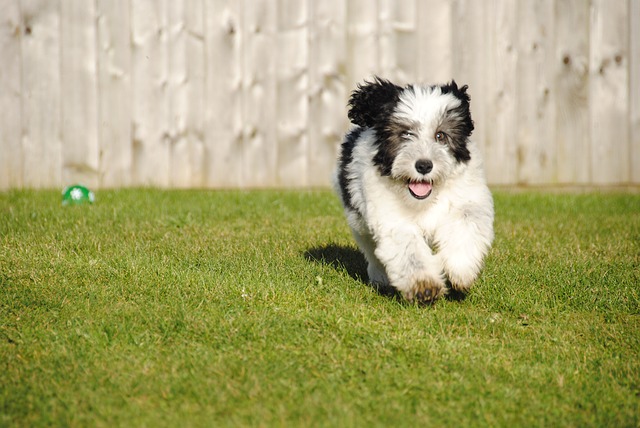Bringing home a new puppy is one of the most exciting things you can do. Everyone wants to snuggle, play with, and take pictures of the furry bundle of joy. Because of their size and cuteness, and our human tendency to think of them as “babies,” training your new puppy may be the furthest thing on your mind. However, by the time you get your puppy at around 8 weeks old, they are definitely able to learn. This means if you don’t teach them what you want them to do, they will teach themselves things. So, start your puppy off on the right paw by making sure you teach him the following 10 cues that every puppy should learn as soon as possible.
#1 – Leave It
This one is so important for the safety of your puppy! You want to be able to prevent him from eating or chewing on something that may be harmful. Start with something easy, like a toy!
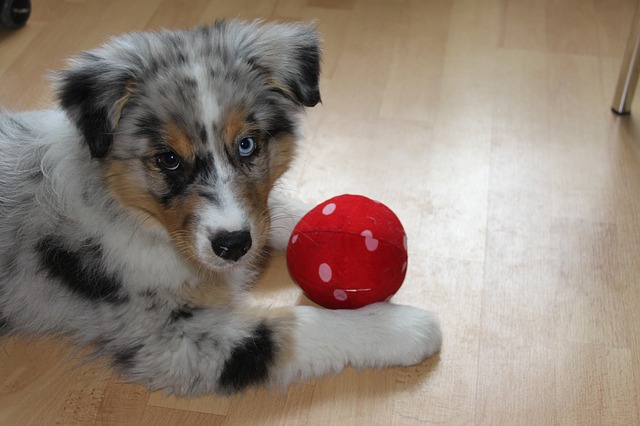
#2 – Drop It
This cue is great to help your puppy learn appropriate toy play including ending a game of tug or dropping a ball for fetch. It also rewards them for giving you something (because you give them a treat or another toy) instead of guarding it. Finally, it can be used as a back-up if for some reason your Leave It cue failed or you were too slow to give it.
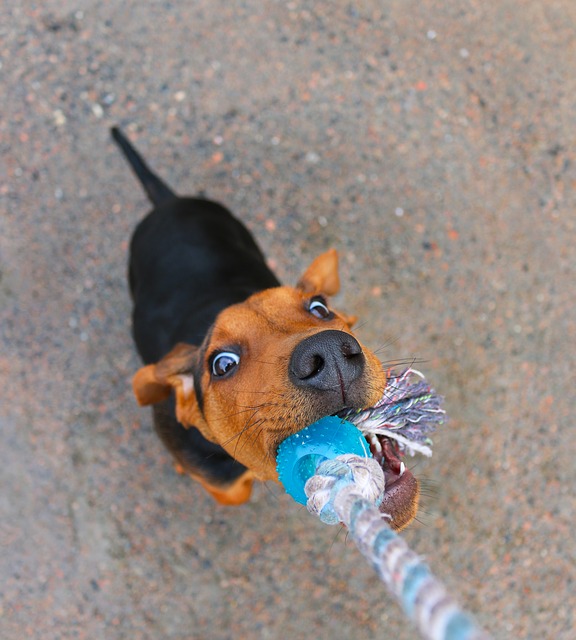
#3 – His / Her Name
Your puppy should learn to respond to his or her name by giving you full eye contact. That way, you know he/she has your full attention, should you need to give another cue (such as Come, or Leave It).
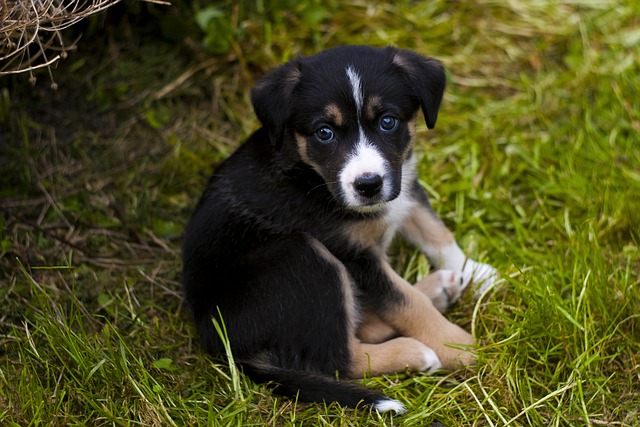
#4 – Come
This is another equally important cue for your puppy’s safety. Don’t let your dog off leash anywhere until he has a reliable Come.
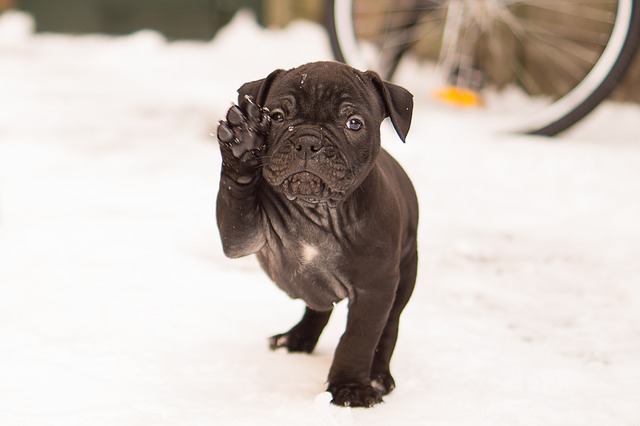
#5 – Sit
Sit is a good cue to teach your puppy to help with manners. It can be used to greet people, before you throw a ball, etc. You can also teach a Down instead, if you prefer…or even better, teach both.

#6 – Stay
Stay is a very important cue, again for your dog’s safety, but also your own. For example, Stay is great when you are coming in the door with something heavy or bulky and you don’t want your dog to come and trip you up. Stays are also good for greeting people at the door, so your dog doesn’t bolt out of it. And, of course, it’s important if you are going to do almost any dog sport later in life.

#7 – Off
While this cue isn’t imperative to your dog’s safety, it does help with one of the biggest complaints owners give – jumping up. And, if you teach when your pup is teeny tiny, you can avoid the problem all together when he gets bigger.
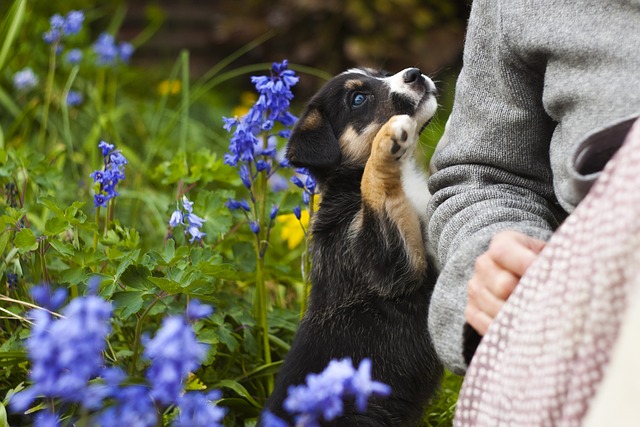
#8 – Heel
“Heel,” “with me,” “side,” whatever you want to call it – walking next to you on a loose leash is taught easiest right away. There is no reason why your little 8-week-old pup can’t start learning on- and off-leash manners inside the house! Work on it just a couple minutes a day and you won’t have to worry when your dog gets bigger and stronger, he will already have nice manners.
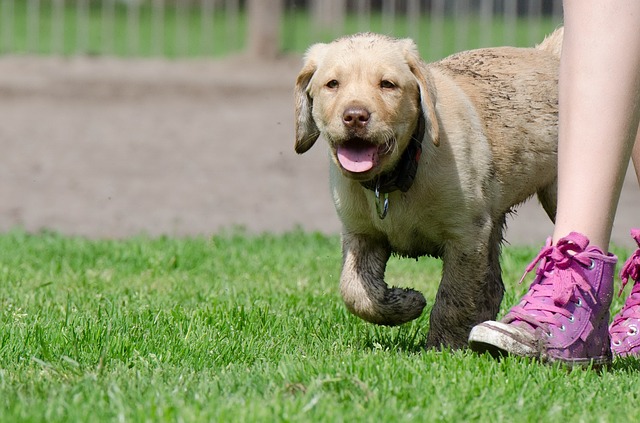
#9 – Watch Me
This cue is great to teach your puppy because it encourages them to focus on you. Those obedience dogs that spend the entire time staring up at their owners got their start with a cue like “watch me,” which simply means “give me eye contact.” You can build it up to be as long of a look as you like.

#10 – Emergency Come
Getting dogs to come can be tricky. Many of us have our Come cue that our dog eventually responds to, but it’s not critical if they stop to go potty before they get to us, or to sniff a tree. However, there are times when you need your dog to come now. Sometimes, it may be because of an emergency, like they got into the middle of the road and car is coming. Other times, you just may be in hurry. Having a second Come cue that means “come immediately at a run” is a great cue to have up your sleeve. Teaching it young will help solidify it for years to come.
